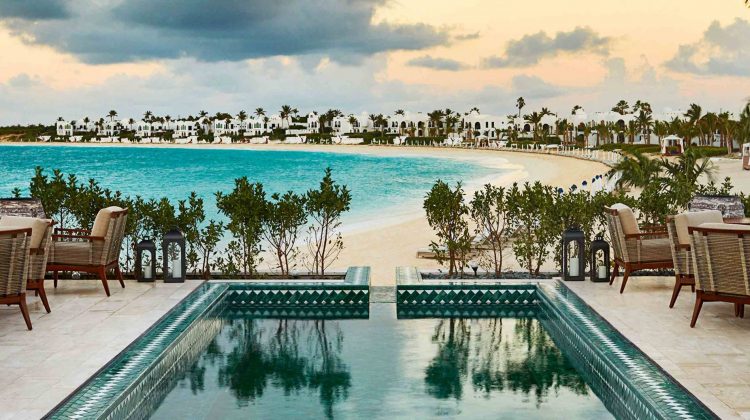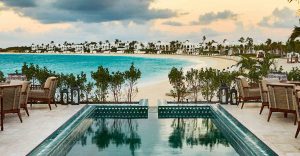
 <
<
Let’s visit beautiful Anguilla!
Anguilla is a British overseas territory in the Caribbean. It is one of the most northerly of the Leeward Islands in the Lesser Antilles, lying east of Puerto Rico and the Virgin Islands and directly north of Saint Martin.

The island’s cultural history begins with the native Taino, Arawak and Carib. Their artefacts have been found around the island, telling of life before European settlers arrived. The Anguilla National Trust (ANT) was established in 1988 and opened its offices in 1993 charged with the responsibility of preserving the heritage of the island, including its cultural heritage.

As throughout the Caribbean, holidays are a cultural fixture. Anguilla’s most important holidays are of historic as much as cultural importance – particularly the anniversary of the emancipation (previously August Monday in the Park), celebrated as the Summer Festival, or Carnival. British festivities, such as the Queen’s Birthday, are also celebrated.

Anguillian cuisine is influenced by native Caribbean, African, Spanish, French and English cuisines. Seafood is abundant, including prawns, shrimp, crab, spiny lobster, conch, mahi-mahi, red snapper, marlin and grouper. Salt cod is a staple food eaten on its own and used in stews, casseroles and soups. Livestock is limited due to the small size of the island and people there use poultry, pork, goat and mutton, along with imported beef. Goat is the most commonly eaten meat, used in a variety of dishes. The official national food of Anguilla is pigeon peas and rice.

